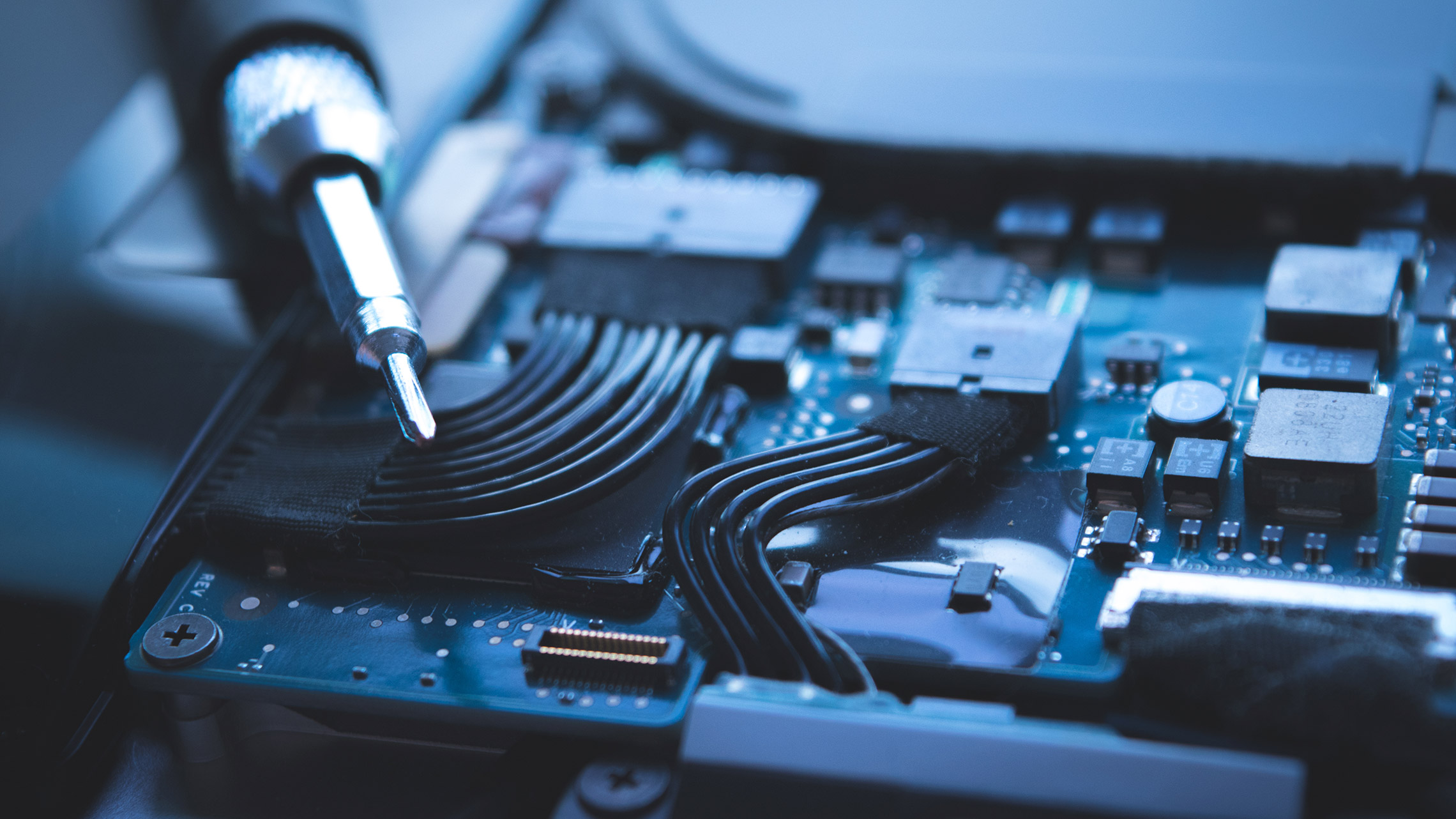"Elétrodos" won the last challenge of EletroStart

On February 26th, students from the Bachelor's Degree in Electrical and Computer Engineering (LEEC) participated in a surprise challenge proposed by professors Teresa Vazão and Paulo Correia: to calculate the amount of energy the Sun sends to Earth at any given moment. Among the participants, the "Elétrodos" team stood out as the winners.
Knowing there would be an activity, the students headed to the Técnico Innovation Center (TIC) and began by listening to a few words from the professors, including Nuno Horta, head of the Department of Electrical and Computer Engineering, Tereza Vazão, Paulo Correia, and Pedro Amaral, Vice President of Técnico for Business Interface, Innovation, and Entrepreneurship. Throughout their speeches, the professors emphasized the importance of the students' effort and dedication to their studies, as well as highlighted the role of teamwork.

The professors also demonstrated their willingness to support the students throughout their academic journey, reinforcing their commitment to help them, and thanked the cooperation of the Electrical Engineering Students' Group (NEEC) in organizing activities and workshops within the EletroStart program, an initiative aimed at integrating LEEC students.
Everything seemed to point to a simple lecture when the students were surprised with a video narrated by journalist Vasco Trigo, stating that the energy received from the Sun would be limited: "the Earth is on the brink of darkness. The world has stopped." In a scenario that forced the population to minimize energy consumption, the voiceover presented the students with a reality without televisions or mobile phones, where there was only an almost complete generator that relied "on a single crucial calculation": how much energy the Sun sends to Earth at any given moment.

The students had 55 minutes to reach the answer to the big question, with the help of clues given through letters from personalities like Vasco da Gama, Aristotle, and Ada Lovelace. Various materials were provided to the teams, including scientific journals, references to films and books, testimonies from various scientists, data from photovoltaic cells, and some electronic components.
Throughout the challenge, the students had the opportunity to foster team spirit in an activity that showcased some of the practical applications of electrical and computer engineering. The day ended with a coffee break and some photographs of the participants on the TIC stage.

